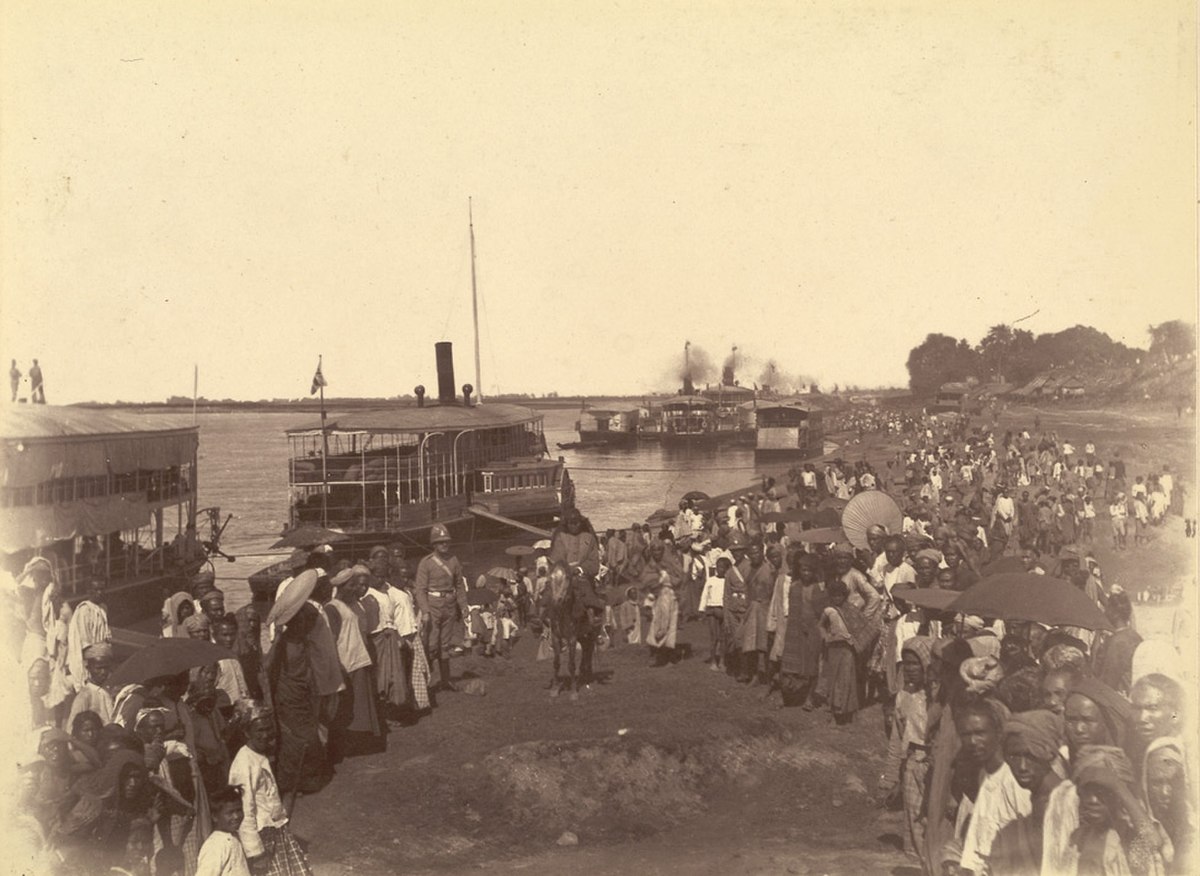
British Rule in Burma
Myanmar (Burma)The British rule in Burma spanned from 1824 to 1948 and was marked by a series of wars and resistance from various ethnic and political groups in Burma. The colonization began with the First Anglo-Burmese War (1824–1826), leading to the annexation of Tenasserim and Arakan. The Second Anglo-Burmese War (1852) resulted in the British taking control of Lower Burma, and finally, the Third Anglo-Burmese War (1885) led to the annexation of Upper Burma and the deposition of the Burmese monarchy.
Britain made Burma a province of India in 1886 with the capital at Rangoon. Traditional Burmese society was drastically altered by the demise of the monarchy and the separation of religion and state.[75] Though war officially ended after only a couple of weeks, resistance continued in northern Burma until 1890, with the British finally resorting to a systematic destruction of villages and appointment of new officials to finally halt all guerrilla activity. The economic nature of society also changed dramatically. After the opening of the Suez Canal, the demand for Burmese rice grew and vast tracts of land were opened up for cultivation. However, to prepare the new land for cultivation, farmers were forced to borrow money from Indian moneylenders called chettiars at high interest rates and were often foreclosed on and evicted losing land and livestock. Most of the jobs also went to indentured Indian labourers, and whole villages became outlawed as they resorted to 'dacoity' (armed robbery). While the Burmese economy grew, most of the power and wealth remained in the hands of several British firms, Anglo-Burmese people, and migrants from India.[76] The civil service was largely staffed by the Anglo-Burmese community and Indians, and Bamars were largely excluded almost entirely from military service.
British rule had profound social, economic, and political impacts on Burma. Economically, Burma became a resource-rich colony, with British investment focused on extraction of natural resources such as rice, teak, and rubies. Railroads, telegraph systems, and ports were developed, but largely to facilitate resource extraction rather than for the benefit of the local population. Socio-culturally, the British implemented the "divide and rule" strategy, favoring certain ethnic minorities over the majority Bamar people, which exacerbated ethnic tensions that persist to this day. Education and legal systems were overhauled, but these often disproportionately benefited the British and those who collaborated with them.
